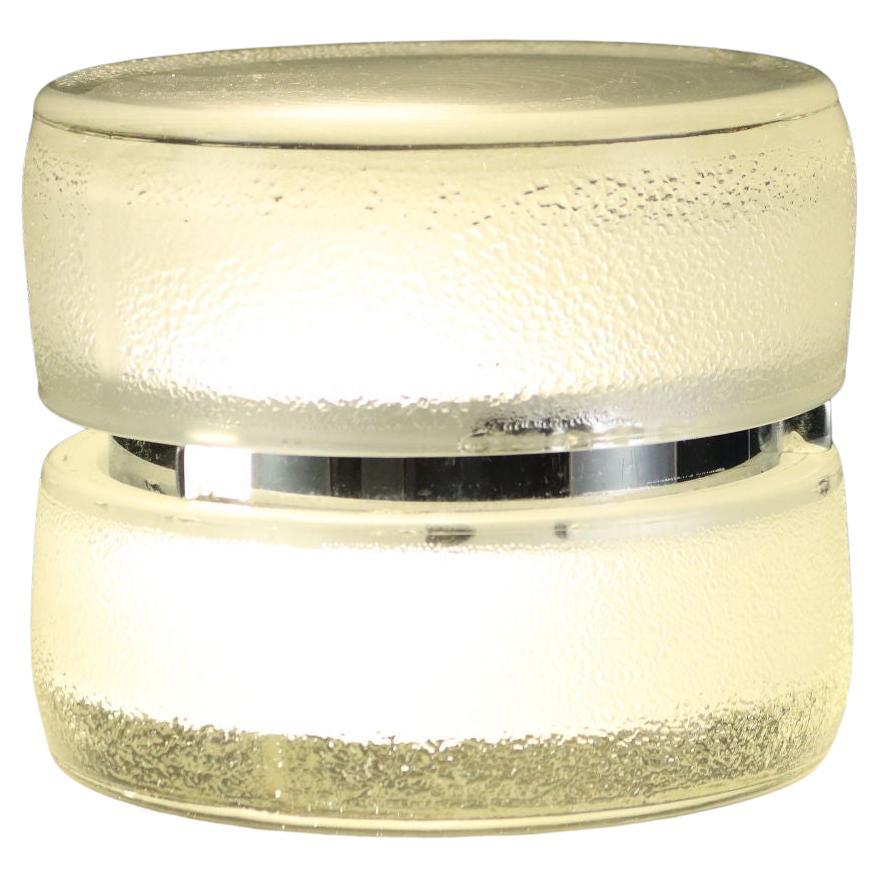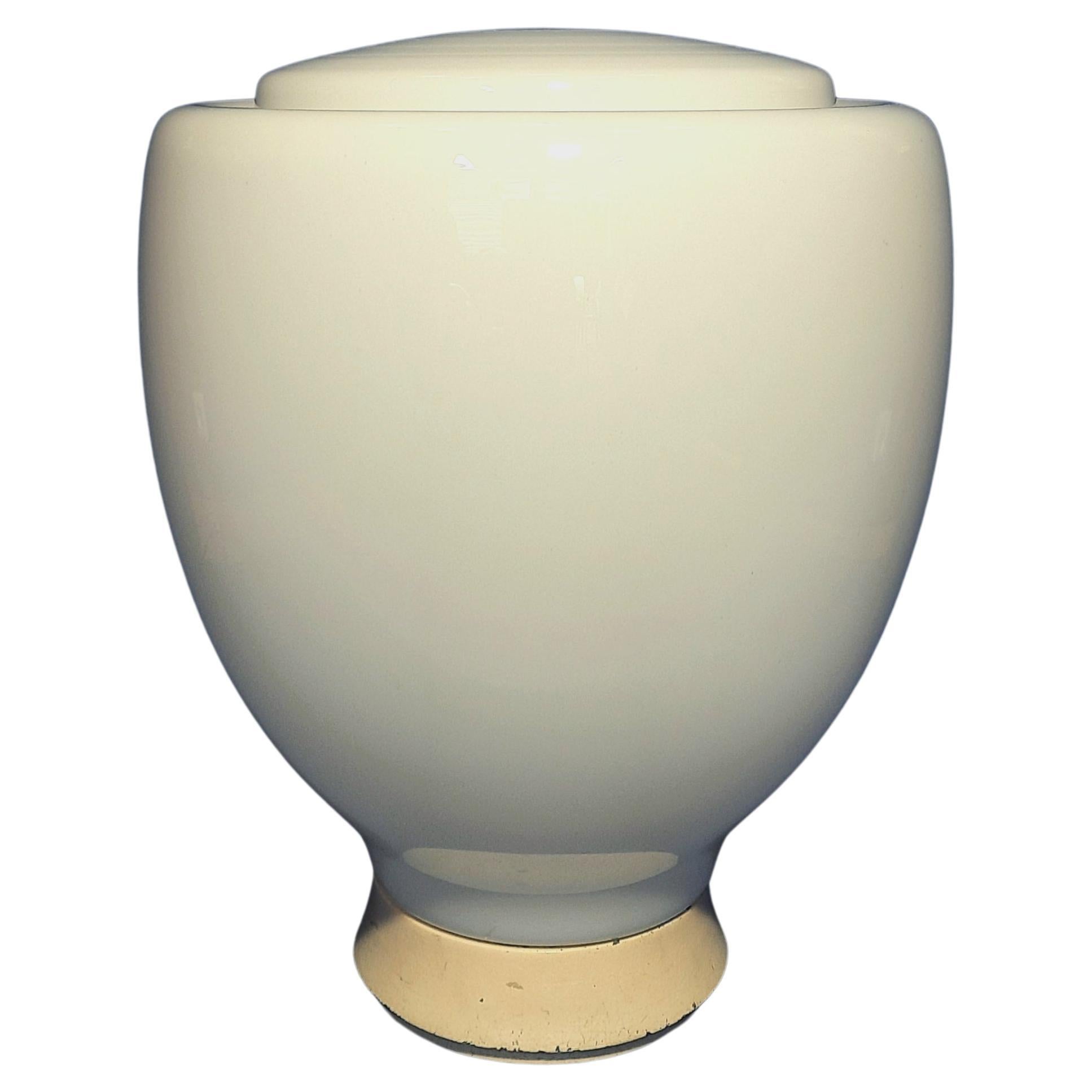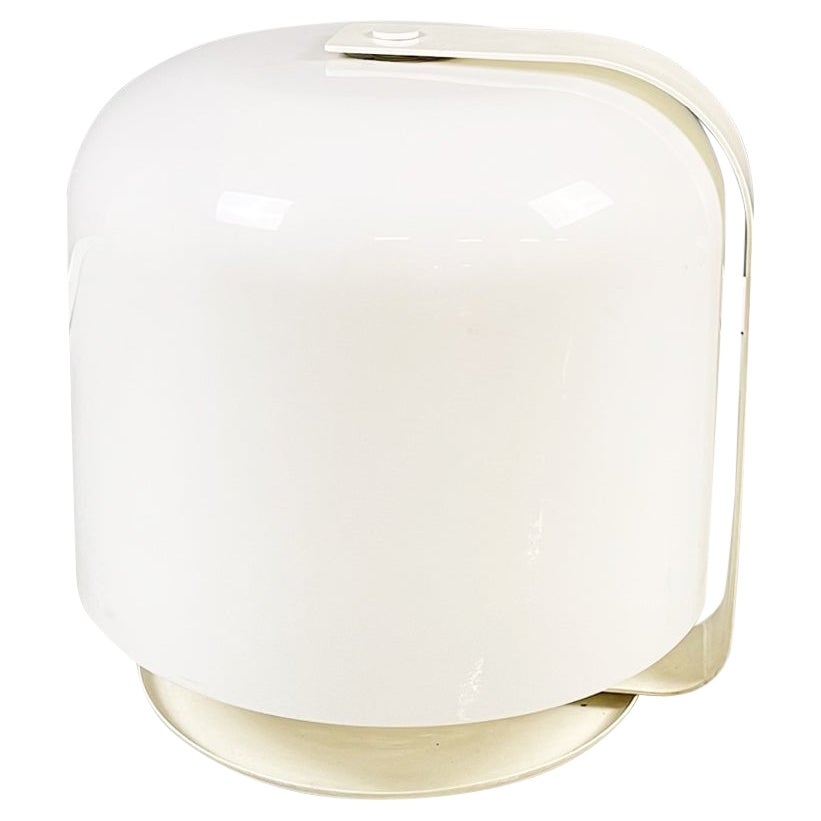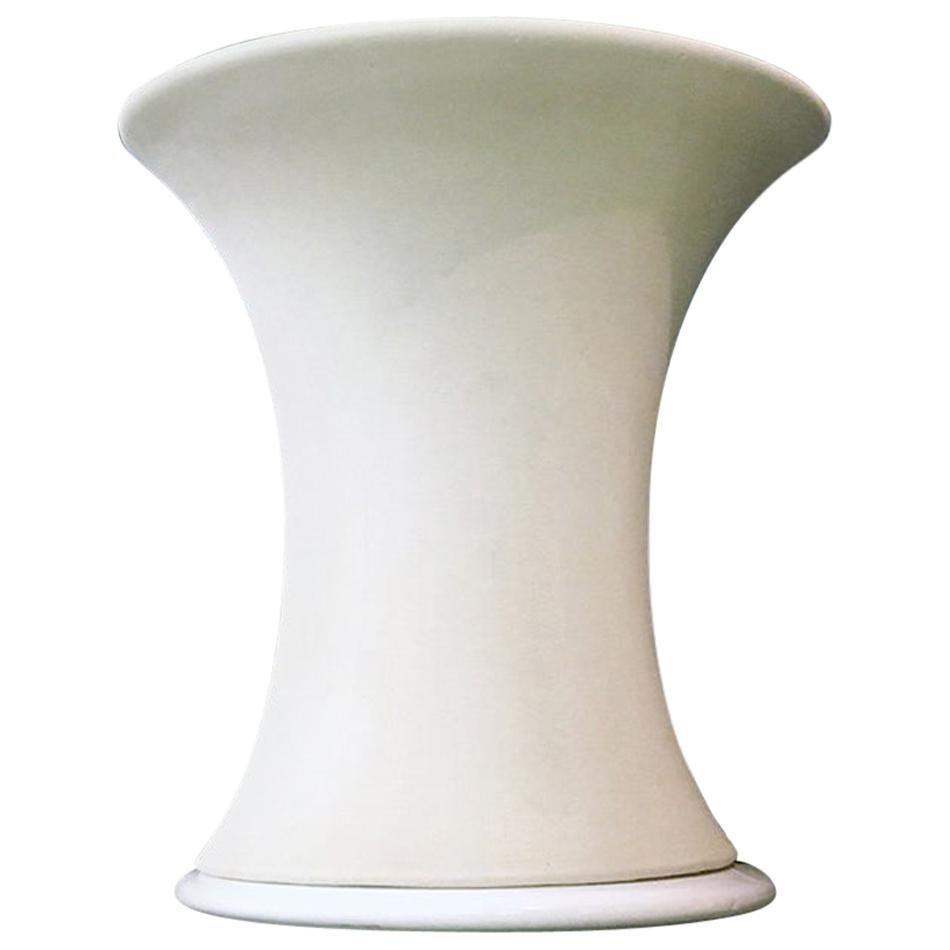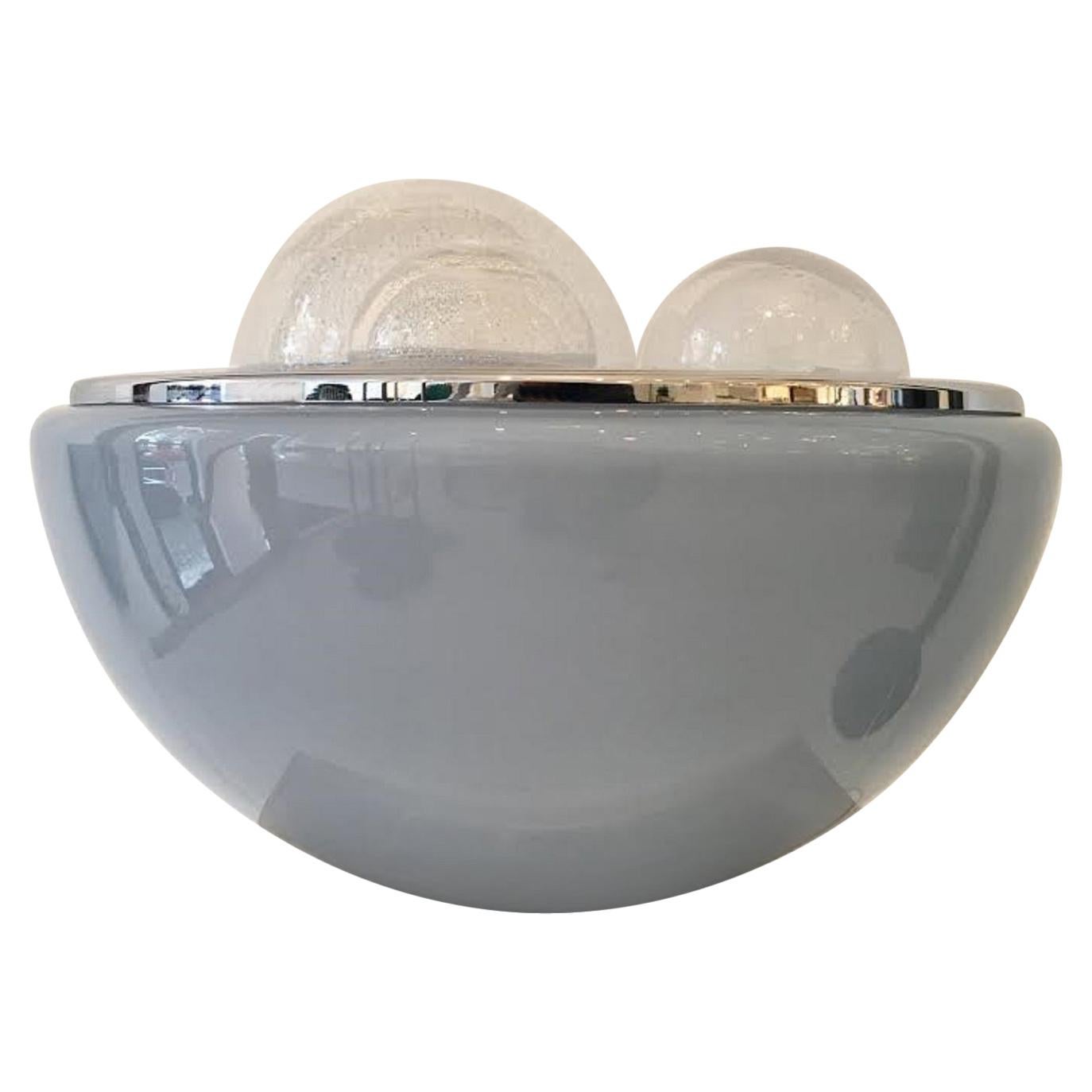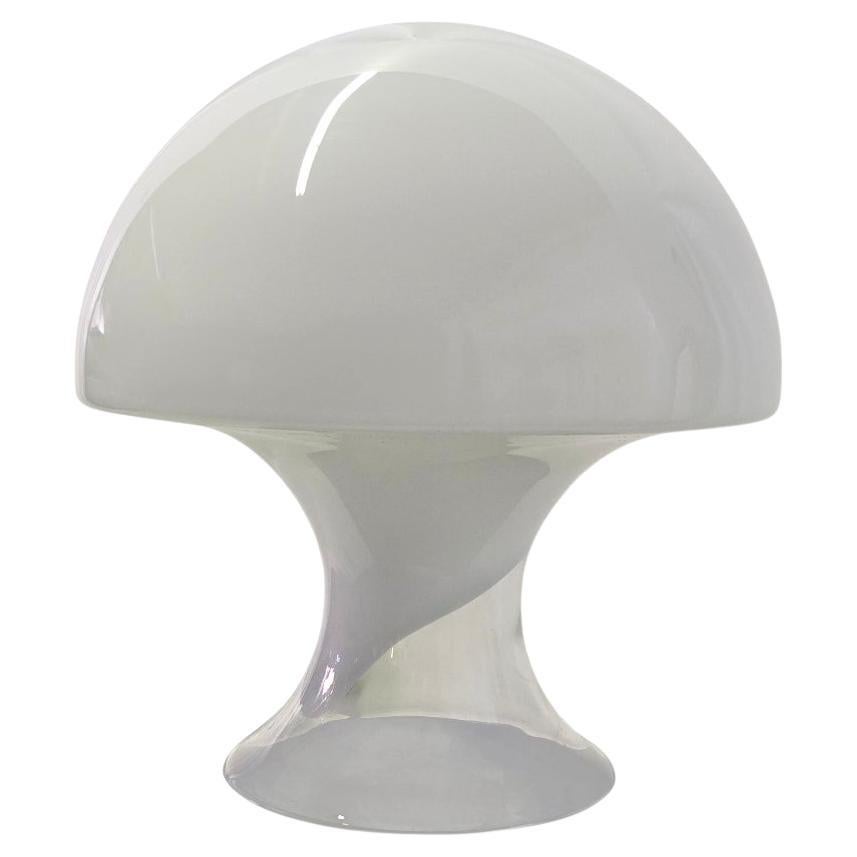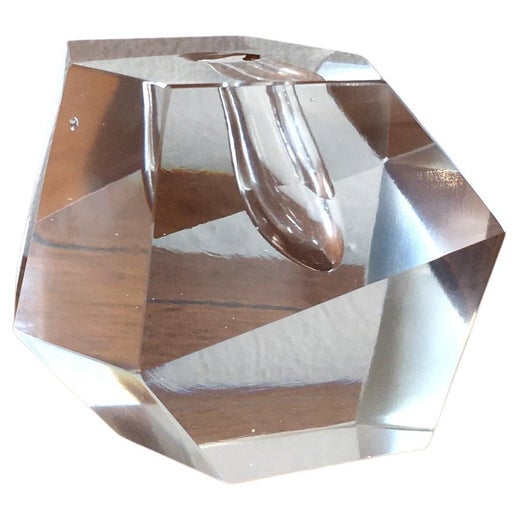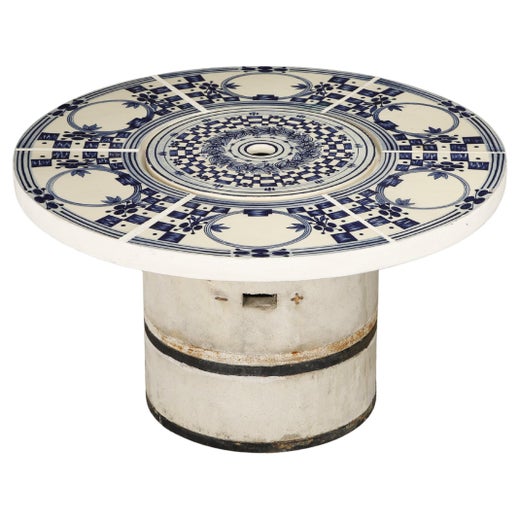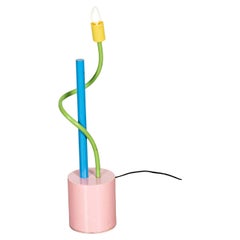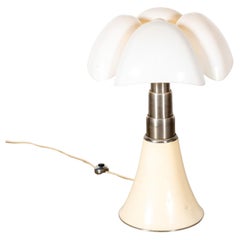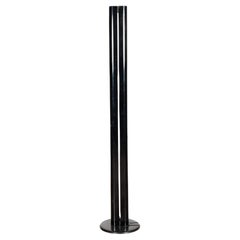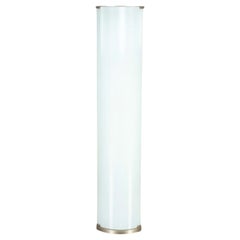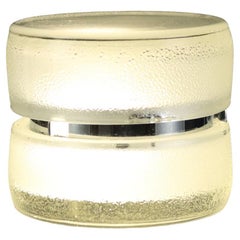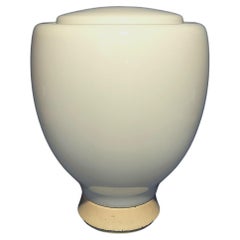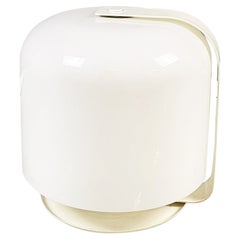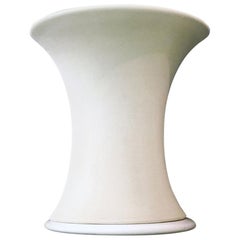1970s Stacking Bowls Table Lamp by Timo Sarpaneva for Rosenthal
About the Item
- Creator:Rosenthal (Manufacturer),Timo Sarpaneva (Designer)
- Dimensions:Height: 11.25 in (28.58 cm)Width: 14.5 in (36.83 cm)Depth: 14.5 in (36.83 cm)
- Power Source:Plug-in
- Lampshade:Not Included
- Style:Post-Modern (Of the Period)
- Materials and Techniques:
- Place of Origin:
- Period:
- Date of Manufacture:1970s
- Condition:
- Seller Location:Toronto, CA
- Reference Number:1stDibs: LU9232238955462
Timo Sarpaneva
Celebrated glassmaker Timo Sarpaneva was a pioneer of Finnish postwar design. He led the formation of the utilitarian and artistic side of mid-century modern style. Sarpaneva’s glass vases, serveware and table lamps have a sculptural yet functional quality, making them adaptable for both decorative and utilitarian use.
Sarpaneva was born in 1926 in Helsinki and spent his childhood visiting his grandparents in the countryside. There, he was influenced by a barter economy where everything was made by hand and traded for services and wares.
In 1948, Sarpaneva graduated from the Institute for Industrial Arts in Helsinki (now the University of Art and Design Helsinki). He participated in the 1951 Triennale di Milano, submitting an embroidered coffee cozy that confused but delighted the judges and garnered a silver medal.
Around this time, Sarpaneva began experimenting with glassblowing. He transformed the traditional wet-stick method by creating a bubble within the molten glass, allowing him to work from the inside out. In 1954, he returned to the Triennale di Milano and won his first Grand Prize.
In the 1950s, Sarpaneva was hired at the glassware company Iittala, where he became a leading glass designer. Sarpaneva even designed the company logo, which is still used today. He worked for the company for over four decades until his death in 2006 at 79.
Sarpaneva’s illustrious career earned international recognition. His honors included being named Honorary Royal Designer for Industry by the Royal Society of Arts in London in 1963. He received honorary doctorates from the Royal College of Art in London in 1967 and the University of Art and Design Helsinki in 1993.
In 2018, the Helsinki Design Museum exhibited a retrospective of “the golden boy of Finland’s Golden Age of design”.
On 1stDibs, find vintage Timo Sarpaneva decorative objects, serveware, lighting and more.
Rosenthal
While the Rosenthal Porcelain Factory grew from humble decorating roots — as many pottery companies do — it eventually built a list of universally revered designer and artist partners that included Andy Warhol and Salvador Dalí. And after securing an enviable position as a top manufacturer of serveware and dominating the porcelain and bone china markets, Rosenthal expanded into furniture production, working with influential designers Verner Panton, Luigi Colani and Günther Ferdinand Ris and Herbert Selldorf.
German-born Jewish businessman Philipp Rosenthal founded the company in 1879 in Bavaria. It began as his modest workshop where he painted porcelain and encountered success with porcelain ashtrays. Rosenthal hired the best designers and clay modelers he could find. Adolf Oppel designed figurative Art Nouveau pieces, while Eleonore (Lore) Friedrich-Gronau produced decorative objects, namely her graceful porcelain dancer figurines, for the company.
Dinnerware, though, would be a Rosenthal mainstay. Between 1904 and 1910, Rosenthal produced its renowned dinnerware lines such as Donatello, Darmstadt and Isolde. These were introduced as unornamented white pieces — only later were they given their underglaze designs.
Rosenthal founder Philipp, a Catholic of Jewish ancestry, resigned in 1934 as the company’s president due to pressures owing to discriminatory German laws that took shape during the rise of the Nazi regime. Rosenthal died in 1937, and the family fled to America. The company would not regain its footing until 1950 when Rosenthal’s son, Philip, joined the firm and, in 1958, became chairman and dubbed Germany’s “China King.” At its peak, the company had 10,000 employees.
In the 1950s, Rosenthal’s modernist dinnerware was a significant part of the brand’s offerings, and by 1961 they introduced the famed Rosenthal Studio Line. Although furniture designers and ceramicists would lead the list of individuals working with Rosenthal — among them Tapio Wirkkala, Max Weber and Lisa Larson — the company eventually reached out to fine artists, not only Dalí and Warhol but Sandro Chia and Kenny Scharf. Rosenthal also collaborated with fashion designers Gianni Versace and Donatella Versace.
In a daring move in 1972, the company diversified into furniture, collaborating with some of the giants of mid-century modern design. The revolutionary Sunball chair, an icon of Space Age seating crafted by Selldorf and Ris, was among Rosenthal’s stellar successes in this venture.
On 1stDibs, find vintage Rosenthal ceramics, porcelain, tableware, seating and more.
- ShippingRetrieving quote...Shipping from: Toronto, Canada
- Return Policy
More From This Seller
View AllVintage 1970s Italian Post-Modern Table Lamps
Aluminum
Vintage 1970s Italian Post-Modern Table Lamps
Stainless Steel
Vintage 1970s Italian Post-Modern Floor Lamps
Aluminum, Steel
Vintage 1960s Italian Post-Modern Floor Lamps
Brass, Nickel
1990s Spanish Post-Modern Candle Lamps
Ceramic
Vintage 1980s Italian Post-Modern Table Lamps
Metal
You May Also Like
Vintage 1970s Italian Mid-Century Modern Table Lamps
Metal
Vintage 1960s Italian Mid-Century Modern Table Lamps
Steel
Vintage 1960s Italian Mid-Century Modern Table Lamps
Metal
Vintage 1970s Italian Mid-Century Modern Floor Lamps
Fabric, Plastic
Vintage 1960s Italian Mid-Century Modern Table Lamps
Murano Glass
20th Century Italian Mid-Century Modern Table Lamps
Murano Glass
